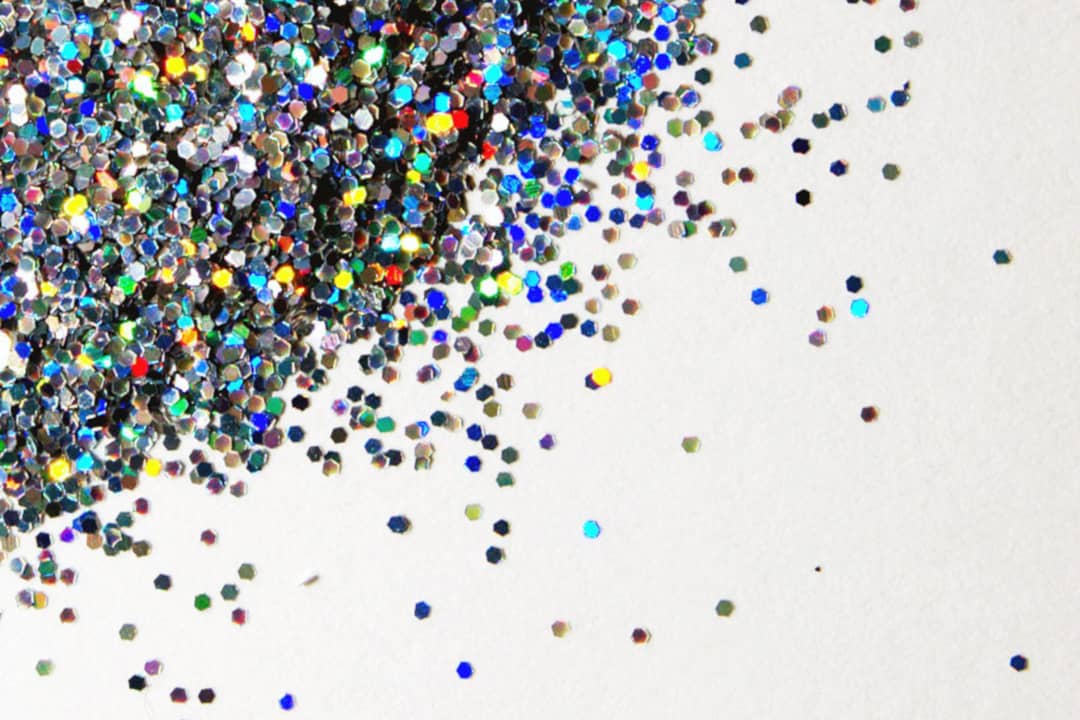Researchers from the U of T Trash Team of the Rochman Lab joined together for a panel discussion on microplastics on September 17. The panel was moderated by Susan Debreceni, a U of T Trash Team outreach assistant, and was held at the Gerstein Science Information Centre.
The panelists included master’s student Alice (Xia) Zhu and PhD students Lisa Erdle, Kennedy Bucci, and Rachel Giles.
What are microplastics, and where do they come from?
Microplastics manifest in two main ways. They are either intentionally created — such as in the case of microbeads for cosmetics — or they are the products of macroplastics, or regular plastic materials, breaking down over time. A piece of microplastic must be smaller than 5 millimetres to be considered as such. Due to their tiny size, removal from the environment can be a particularly tricky issue.
Microplastics are often so small that they are not effectively filtered out of our waste systems, causing them to end up in the natural environment. They infiltrate water and ecosystems, which can have negative effects on animals and possibly people.
What’s more, microplastics can absorb toxins from the surrounding environment and hold onto them. So, if an animal ingests them, it may also be consuming toxins that are bonded to the microplastics.
Not all microplastics are the same. Some variations are a product of things like tire dust, which can make their way into nearby environments, or travel into water ecosystems through runoff. Others are a result of the plastic fibres in our clothing, or the substances in our cosmetics and household products. Microplastics can differ in size and shape, and they can be found almost anywhere.
Recent studies have shown that microplastics are not only making an appearance in the meat we consume and the water we drink, but are even being carried through the air by wind currents.
The real trouble with microplastics is that we do not have enough research on the types of harm they can potentially have on our health. While it’s clear that plastic in any form should not be in our ecosystems or in our bodies, more research is needed to better understand the impacts on human health.
What we do know is that they pose a threat to marine and wildlife, and are bad for the health of our ecosystems. They also pose a risk to humans, since the food we eat, like fish, often contains many microplastics.
Solutions to reduce the presence of microplastics
While microplastics are a growing problem, there are things we can do in our day-to-day lives to help make a difference. As the panelists discussed, cutting back the spread of microplastics can be as simple as reforming your laundry habits, or being more mindful about what you consume.
Eliminating single-use plastics from your lifestyle is something that can make a big impact. Many items, such as plastic water bottles, plastic bags, plastic cutlery, and more, can be replaced with reusable alternatives. When shopping for clothing, buying clothes that contain natural fibres is a step in the right direction, although, as the panelists noted, many natural fibres are heavily processed and contain dyes, which means they still end up staying in the environment.
Another way to combat this issue is to use a tool, such as a laundry filter or fibre-collecting ball, to stop microplastics from entering the water waste systems and ending up in the environment. These investments, although sometimes pricey, can significantly reduce the amount of microplastics that come off of your clothes when washing them. Systemic changes can address the microplastics problem as well. For example, Canada has implemented regulations on the use of microbeads in toiletries to help combat this issue.
While microplastics are still a relatively new area of study, researchers like the panelists are paving the way for solutions that will help improve our waste management systems, make household solutions more accessible, and reduce the production of microplastics in the first place.


